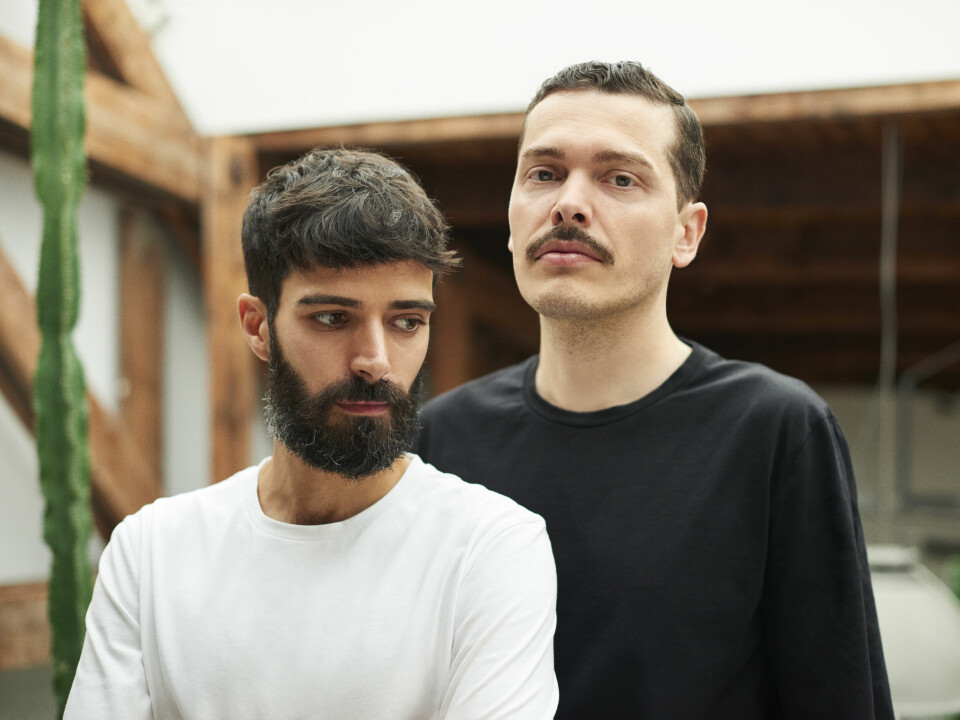Intervju: Formafantasma
Formafantasma founders Andrea Trimarchi and Simone Farresin.
Foto: Renee de Groot
Bringing worlds together: from chaos research to interconnected design
Ordinært abonnement:
Ett år: 430 kr
Kjøp
Digital:
1 måned: 49 kr
Kjøp
Studentabonnement:
ett år: 298 kr
Kjøp
Bedrift:
ett år: 560 kr
Kjøp

